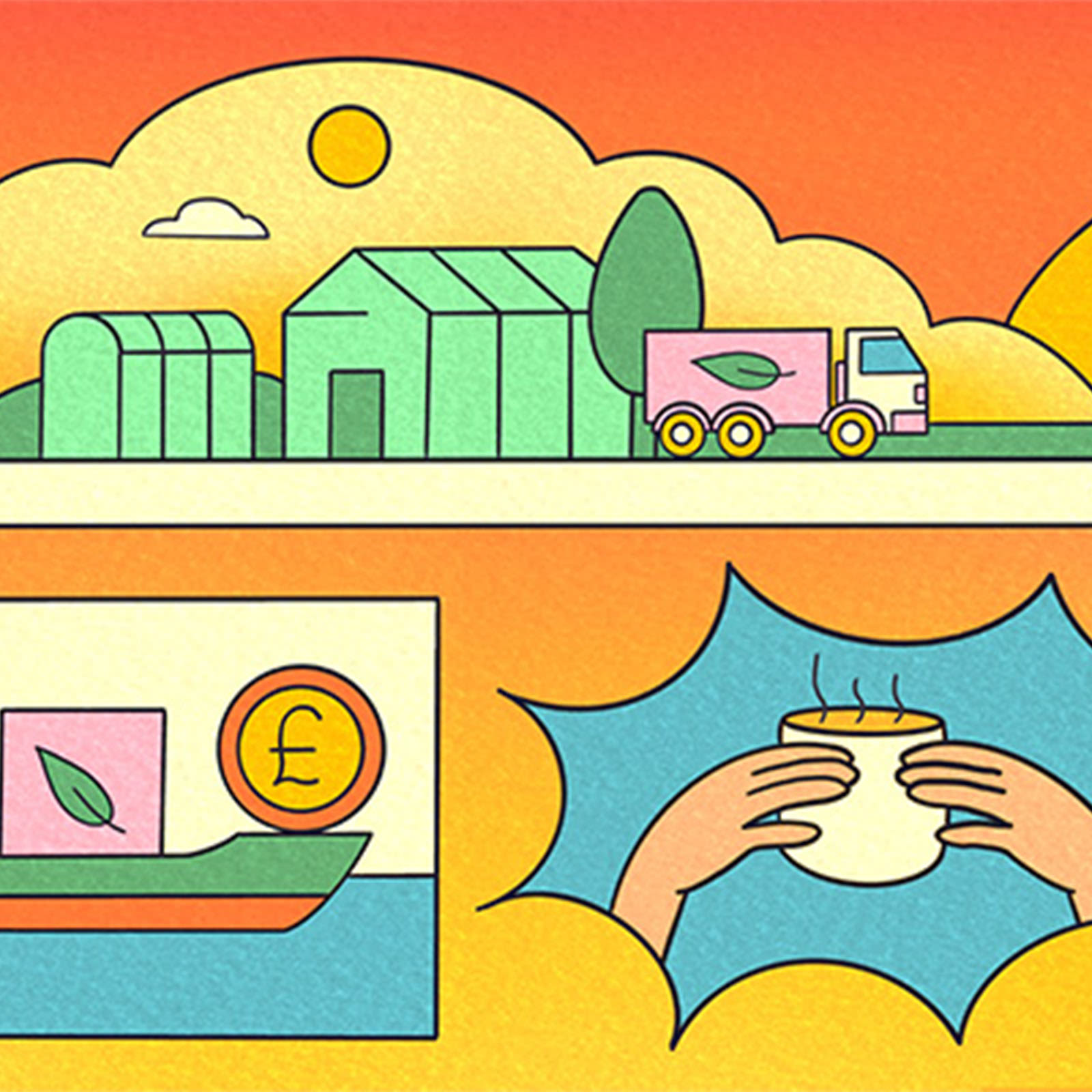
Four years ago, Jason Underhill launched Food Hall, an award-winning creative agency and production house that focuses on all things food and drink. With clients like McDonald's, whisky brand Johnnie Walker and multinational food company Heinz, Food Hall knows what it takes to make something look irresistible and, ultimately, sell. Here are some tips for creating unforgettable content.
1. Make a plan
‘Develop a content-marketing strategy and think about your photo shoot goals, new products and seasonal ideas. Think about your marketing calendar and end use. Do you have the images to support it? Think practically with everything you plan; if the image is going to be a part of an ad, for example, always leave room in the shot for sales copy. It's much easier for you or your designer to have extra background or foreground in the shot than to try to put it in later.’
2. Kit is key
‘While phone cameras have come a long way over the past few years, there are limitations with settings and lenses. Think about buying or renting a DSLR if you want to take your food photography to a professional level. Other than something to shoot the content with, props, backgrounds, lights and a tripod are all items to consider for your next shoot day.’
3. Make it look its best
‘Food and drink can be fickle to shoot, so prepare what you can in advance. Put herbs in glasses with water to keep them fresh; get ice ready or buy fake cubes. You want food to look bright and fresh for photos, so one trick is to brush a little hot oil onto hot food – it'll freshen it up for the camera, especially if the food has been allowed to cool.’

Three tips for a seamless food photo shoot
1. Mood boards. ‘Research and create a mood board of ideas, with everything from food styling to props and angles that you like. Now's the time to think about what you want your imagery to achieve.’
2. Bring back-ups. ‘Extra batteries, SD cards, an extension cord, a phone cable, different types of lenses, lights or just an extra hand on set is always going to help. It's always best to prepare for unforeseen circumstances.’
3. Get a variety of shots. ‘Make the most of the time you have and get a whole library of content from one shoot. We suggest an ingredient shot, showing the key parts to a dish alone and together in various groupings; a human shot that has hands or someone showing the preparation process; and a final shot of the finished plate of food.’
A version of this article was published in the Courier Weekly newsletter. For more useful stories, tips, tricks and simply good advice, sign up here.

